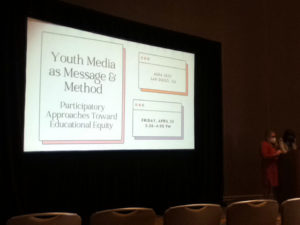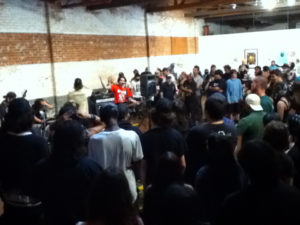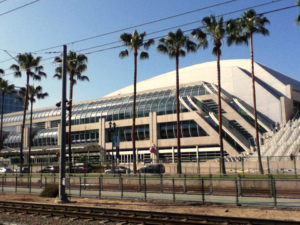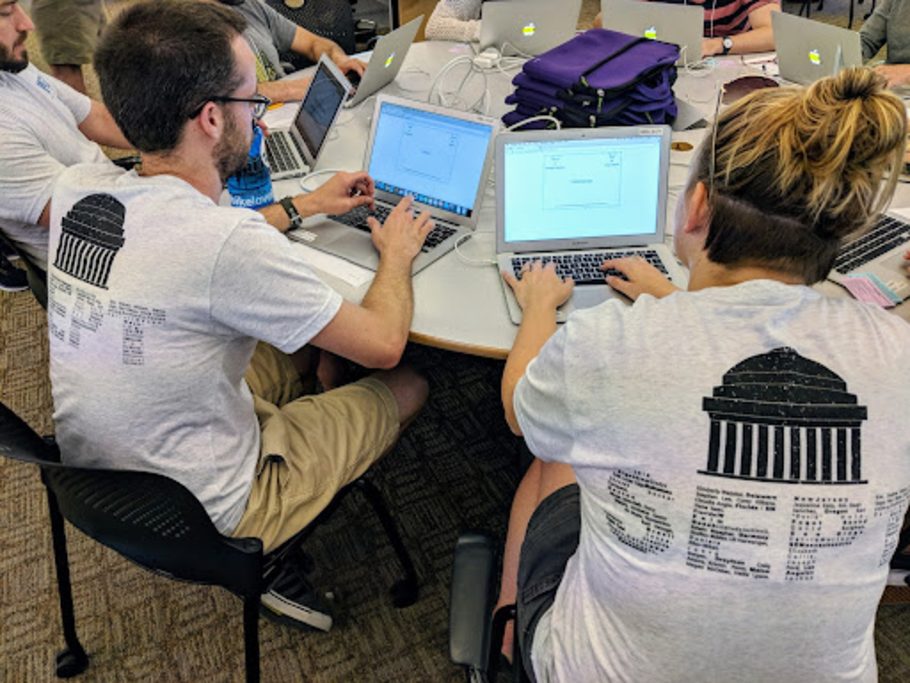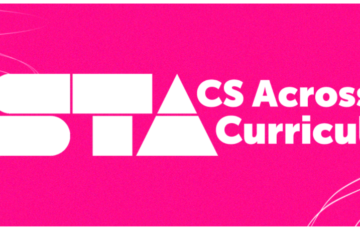The experience of attending the annual meeting of the American Educational Research Association Conference (better known as AERA) often feels much closer to diving into a tidal wave than it does attending a conference. With literally thousands of presentations spread across six days and touching on every single possible aspect of education one can imagine (from analyses of standardized test scores for high school math students to philosophical musings about the pedagogical implications of The Mandalorian, and everything in between), it’s easy to become overwhelmed with the breadth of choices available. And I didn’t make it any easier on myself with the amount of presentations I needed to give either: the combination of two round table discussions, one poster presentation, two sets of discussant remarks, and one dissertation award acceptance presentation made for a pretty exhausting week (not to mention the metal and noise music festival I performed at).
But between those frantic sprints from one conference room to another, AERA rewards attendees with thought provoking presentations, engaging conversations, and the occasional unexpected puzzle piece that you have been trying to pin down for months. At this year’s conference, I learned about recognizing epistemic diversity (and, by extension, student voice) through embodied learning, the role of place based pedagogies in both data science education and indigenous approaches to education, interaction analysis and “dinner party” research methodologies for critically exploring out of school learning, and how the production of media is both generative of conversations and a conversation it itself (and I learned this last bit directly from the youth who made and presented on their media creations, too!). Additionally, I had some incredible conversations with colleagues about the initial design of Paths PD, our browser based professional development program that will replicate the STEP Lab’s instructional coaching initiatives centered on Project Based Learning at scale. In presenting this work, we not only discussed improvements on the design and excitements related to its initial implementation (scheduled to start this summer), but also discussed how this research may contribute to understandings of Activity Theory in teacher education research.
And as wonderful as it was to engage with researchers, educators, and students during their presentations, it was also wonderful getting to take a breather every so often outside of the convention center. Getting to soak in the San Diego sun and the ocean breeze (or, one some days, high speed winds) was a welcome change of pace from Winter’s long tail. And a revitalizing one as our work at the lab continues on.
